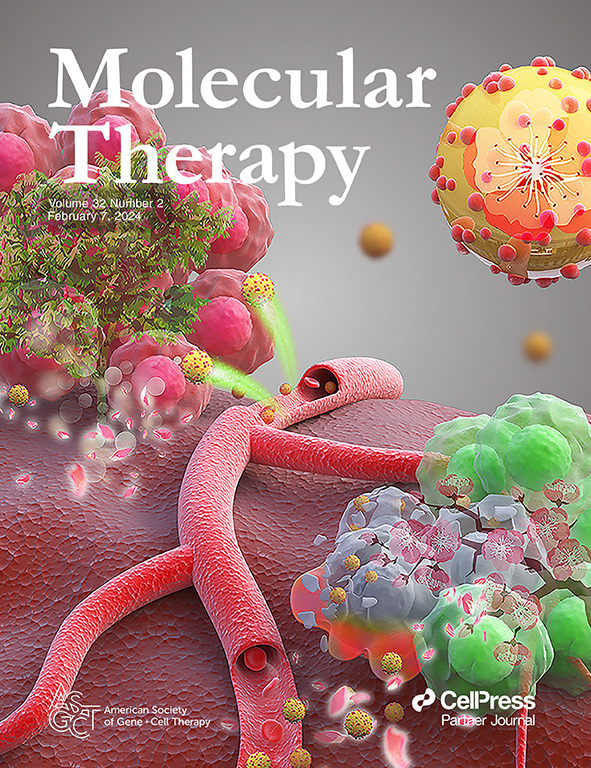克服商业上可行的基因和细胞治疗罕见和超罕见疾病的障碍。
IF 12
1区 医学
Q1 BIOTECHNOLOGY & APPLIED MICROBIOLOGY
引用次数: 0
摘要
基因和细胞疗法为患有罕见和超罕见疾病的患者提供了变革性的潜力。然而,尽管在临床前研究和早期临床试验中证明了安全性和有效性,许多治疗方法仍然停滞不前。这种市场失灵造成了一种障碍,在这种情况下,原本成功的疗法由于商业上的不可行性而无法惠及患者。2025年3月,ASGCT举办了一场研讨会,主题为“建立和维持罕见和超罕见疾病基因和细胞治疗的可及性”,重点是开发可行的途径,以确保成功的基因疗法能够惠及患者,而不管商业可行性如何。该领域面临着持续和根深蒂固的挑战;解决这些问题需要私营公司、监管机构和非营利组织之间的协调行动,以探索非传统的商业模式。在研讨会期间,ASGCT回顾了一系列解决方案,包括监管创新、生产效率、财务模型和以患者为中心的框架,以确保有效的基因和细胞疗法能够惠及需要它们的患者。策略包括创建一个临时存储库,为优先考虑的基因和细胞治疗项目提供支持,同时努力寻找新的赞助商来继续临床试验,并创建一个开发商联盟,专注于加快时间表和降低成本。本文章由计算机程序翻译,如有差异,请以英文原文为准。
Overcoming Barriers to Commercially Pre-Viable Gene and Cell Therapies for Rare and Ultra-Rare Diseases.
Gene and cell therapies offer transformative potential for patients with rare and ultra-rare diseases. However, many treatments stall despite demonstration of safety and efficacy in pre-clinical studies and early-stage clinical trials. This market failure creates a barrier where otherwise successful therapies are unable to reach patients due to commercial non-viability. In March 2025, ASGCT held a workshop, "Establishing and Maintaining Access to Gene and Cell Therapy for Rare and Ultrarare Diseases," focusing on developing actionable paths forward to ensure that successful gene therapies reach patients regardless of commercial viability. The field faces ongoing and deep-seated challenges; addressing them will require coordinated action across private companies, regulatory agencies, and non-profit organizations to explore non-traditional business models. During the workshop and described here, ASGCT reviewed a matrix of solutions encompassing regulatory innovations, manufacturing efficiencies, financial modeling, and patient-focused frameworks to ensure that efficacious gene and cell therapies reach the patients who need them. Strategies included the creation of a temporary repository for deprioritized gene and cell therapy programs offering support while working to identify new sponsors to continue clinical trials and the creation of a consortium of developers focused on accelerating timelines and reducing costs.
求助全文
通过发布文献求助,成功后即可免费获取论文全文。
去求助
来源期刊

Molecular Therapy
医学-生物工程与应用微生物
CiteScore
19.20
自引率
3.20%
发文量
357
审稿时长
3 months
期刊介绍:
Molecular Therapy is the leading journal for research in gene transfer, vector development, stem cell manipulation, and therapeutic interventions. It covers a broad spectrum of topics including genetic and acquired disease correction, vaccine development, pre-clinical validation, safety/efficacy studies, and clinical trials. With a focus on advancing genetics, medicine, and biotechnology, Molecular Therapy publishes peer-reviewed research, reviews, and commentaries to showcase the latest advancements in the field. With an impressive impact factor of 12.4 in 2022, it continues to attract top-tier contributions.
 求助内容:
求助内容: 应助结果提醒方式:
应助结果提醒方式:


